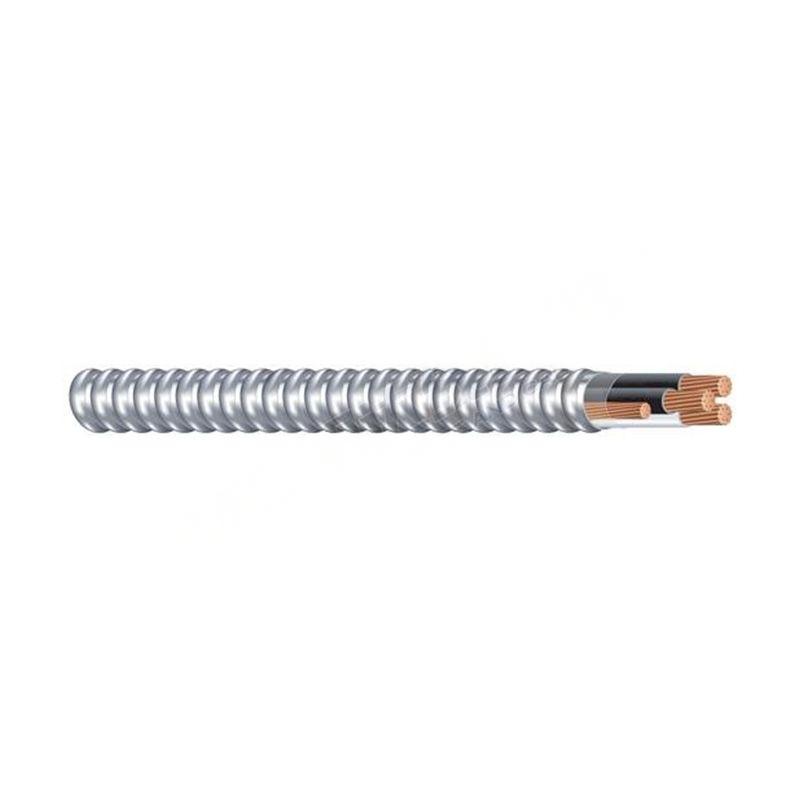sep . 09, 2024 23:58 Back to list
industrial globe valve
Understanding Industrial Globe Valves A Comprehensive Overview
Industrial globe valves are critical components in various fluid control systems due to their superior flow regulation capabilities. Known for their distinct shape and design, globe valves are essential in managing the flow of liquids and gases in pipelines and industrial applications.
Design and Construction
The globe valve is characterized by a spherical body with an internal baffle that diverts the flow of fluid. This unique design allows for precise throttling, making them ideal for applications where flow control is paramount. Typically constructed from robust materials such as stainless steel, carbon steel, or brass, these valves can withstand high pressures and temperatures, making them suitable for rigorous industrial environments.
The primary components of a globe valve include the body, bonnet, disc, seat, and stem. The disc, which is usually circular, moves up and down to open or close the valve, while the seat provides a sealing surface. The precision in the design of the seat and disc ensures minimal leakage, enhancing the efficiency and safety of the system.
Operation Mechanism
Globe valves can be operated manually or automatically. Manual globe valves come with a handwheel that allows operators to adjust the flow by turning the wheel, which moves the stem and disc accordingly. Automatic globe valves, on the other hand, utilize actuators controlled by a control system or sensor to open and close the valve based on the requirements of the process. This capability enhances operational efficiency, especially in complex systems requiring precise flow management.
industrial globe valve

Applications
Globe valves are widely used across various industries, including oil and gas, water treatment, chemical processing, and power generation. Their ability to control flow effectively makes them ideal for regulating steam, water, oils, and gases. They are commonly found in applications such as cooling water systems, boiler feedwater systems, and chemical injection systems.
In the oil and gas industry, for instance, globe valves are crucial in managing the flow of high-pressure fluids. In water treatment facilities, they regulate the flow of water to ensure optimal treatment processes.
Advantages and Disadvantages
One of the primary advantages of globe valves is their excellent throttling capability, which enables precise control over flow rates. Additionally, their robust construction allows for longevity and reliability in demanding environments. However, they do have drawbacks, including a higher pressure drop compared to other valve types, such as gate valves. This pressure drop occurs due to the more complex flow path within the valve, which can lead to energy loss in certain applications.
Conclusion
In summary, industrial globe valves play a fundamental role in the management of fluid flow in various applications. Their unique design, operational versatility, and reliability make them indispensable in many industries. While they have some limitations, the benefits they provide in terms of flow control and system efficiency often outweigh these drawbacks. As industries continue to evolve, the importance of globe valves will likely remain critical in ensuring safe and efficient operations across the globe. Understanding their functionality and applications is essential for anyone involved in industrial operations or fluid management systems.
Share